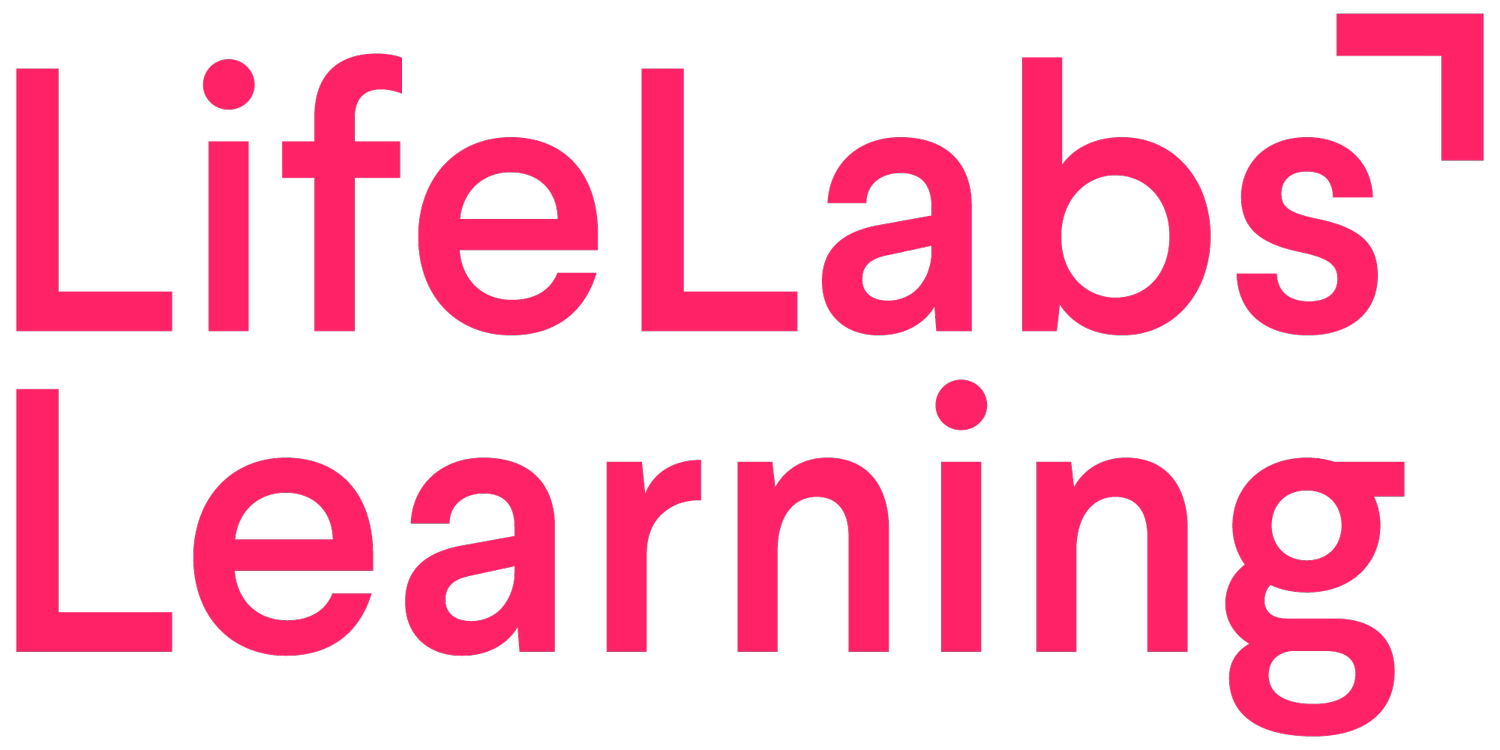The 5 Pillars of Organizational Resilience
Companies today are at a crossroads: either adapt and transform to meet new demands, or fall victim to them. So, what’s the difference between the companies that will survive, from the ones that will thrive?
In this 6-part series by LifeLabs Learning, we’ll give leaders and People Ops professionals concrete tools they can use to increase their company’s organizational resilience, adapt quickly, and respond strategically.
In this first article, we provide a framework leaders can use to quickly diagnose their organization’s resilience strengths and gaps.
Our framework is based on academic research as well as our in-house interviews with leaders across a wide range of industries (e.g., tech, medical, non-profit) by LifeLabs Learning's Impact Lead Joie Lim, M.S., who is developing specialized expertise in Organizational Resilience.
First, let’s start with a definition. ‘Organizational resilience’ is the ability of an organization to continue to thrive and meet its objectives in the face of adversity by adapting and transforming.
Organizational resilience exists on an individual, system, and organizational level:
Individual level: When employees have resiliency skills (e.g., tools from our Adaptivity & Resilience workshop) they are better at responding to, enacting, and creating change.
System level: When systems (e.g., performance assessments, onboarding, goal-setting) are resilient, they reinforce resilient behaviors. Flexible systems allow employees to quickly align with new organizational goals and refocus on high value work.
Organizational level: When an organization is resilient, it has a diversified portfolio to fill in gaps for market-fit, financial flexibility to bounce back in times of hardship, and overall agility through distributed decision-making and ownership.
By demarcating each level, leaders can more effectively assess gaps within their company’s resilience and make sure they’re closing them in the most efficient way.
>> Pause to consider how resilient your company is at each of these levels (individual, system, and organization) on a scale of 1-10.
So what produces resilience? There are 5 pillars of organizational resilience. When an organization is able to rest steadily on all five, it is positioned to excel during periods of significant environmental change.
>> As you read, audit your own company to determine which pillar is most important to bolster right now.
Ethos Maintenance: Resilient organizations maintain their core mission and values in the face of change. Their purpose grounds them in times of hardship, making it the cornerstone of how they catalyze resilience in their people, systems, and culture.
Benefits: An organization that is strong at maintaining its ethos is able to strengthen its culture in times that may deteriorate it, thereby increasing commitment, integrity, and trust amongst employees.
Flip-side: Organizations with poor ethos maintenance are likely to see higher attrition rates during times of crisis and change because of the blunder to employees’ trust in the organization's ability to uphold its value, mission and purpose when it matters most.
Goal Adaptation: Resilient organizations adapt their goals (e.g., measurable results) to meet new environmental demands, while ultimately still achieving their original purpose (e.g., broader ideas of success).
Benefits: When organizations are able to respond quickly and strategically to change by adapting their short-term goals at the right moments (e.g., by using early lead indicators), they're more likely to achieve their fundamental goals (e.g, financial health).
Flip-side: If the organization doesn’t adapt its goals when change occurs and/or doesn’t have signals to detect the need to change early on, its objectives may become unattainable or irrelevant in the new environment.
Rapid Responsiveness: Resilient organizations change their processes, systems and/or policies to match internal or external distressing demands to produce more positive outcomes and reduce the negative.
Benefits: Change requires change. Organizations that make changes to their processes, systems, and/or policies (e.g., training, remote work, etc.) to ensure employees have what they need to respond to the external environment will likely see higher levels of engagement, trust, and productivity, even in the tough times.
Flip-side: Organizations that carry on as usual in times of volatility will likely not respond adequately to employees’ needs, and therefore, suffer in morale, engagement, and performance.
High Autonomy: Resilient organizations have distributed and expanded decision making systems that reinforce confidence in their employees’ ability to effectively execute solutions.
Benefits: In resilient organizations, when an employee is faced with a challenge with low to medium severity level, their first instinct is to figure out how to solve it themselves. Organizations with decentralized decision-making systems scale innovative-thinking.
Flip-side: Organizations that bottleneck problem-solving reinforce feelings of inadequacy or distrust in their employees’ ability to perform, thereby stifling performance and innovation.
Bricolage: Resilient organizations use the materials they already have on hand to create solutions on the spot.
Benefits: In challenging times, there is often a lack of resources available to organizations. Organizations that are able to get creative with the resources they already have will be able to do more with less (e.g., re-packing products, repurposing internal talent for new challenges).
Flip-side: Organizations that are unresourceful will likely succumb to their competitors who get creative with what they already have.
Coming soon in this series, we’ll dive deeper into our first pillar: Ethos Maintenance.
>> Want to speak to a LifeLabs Learning consultant about bringing in resiliency skills to your organization? Schedule a free 30-min L&D consultation call here!

